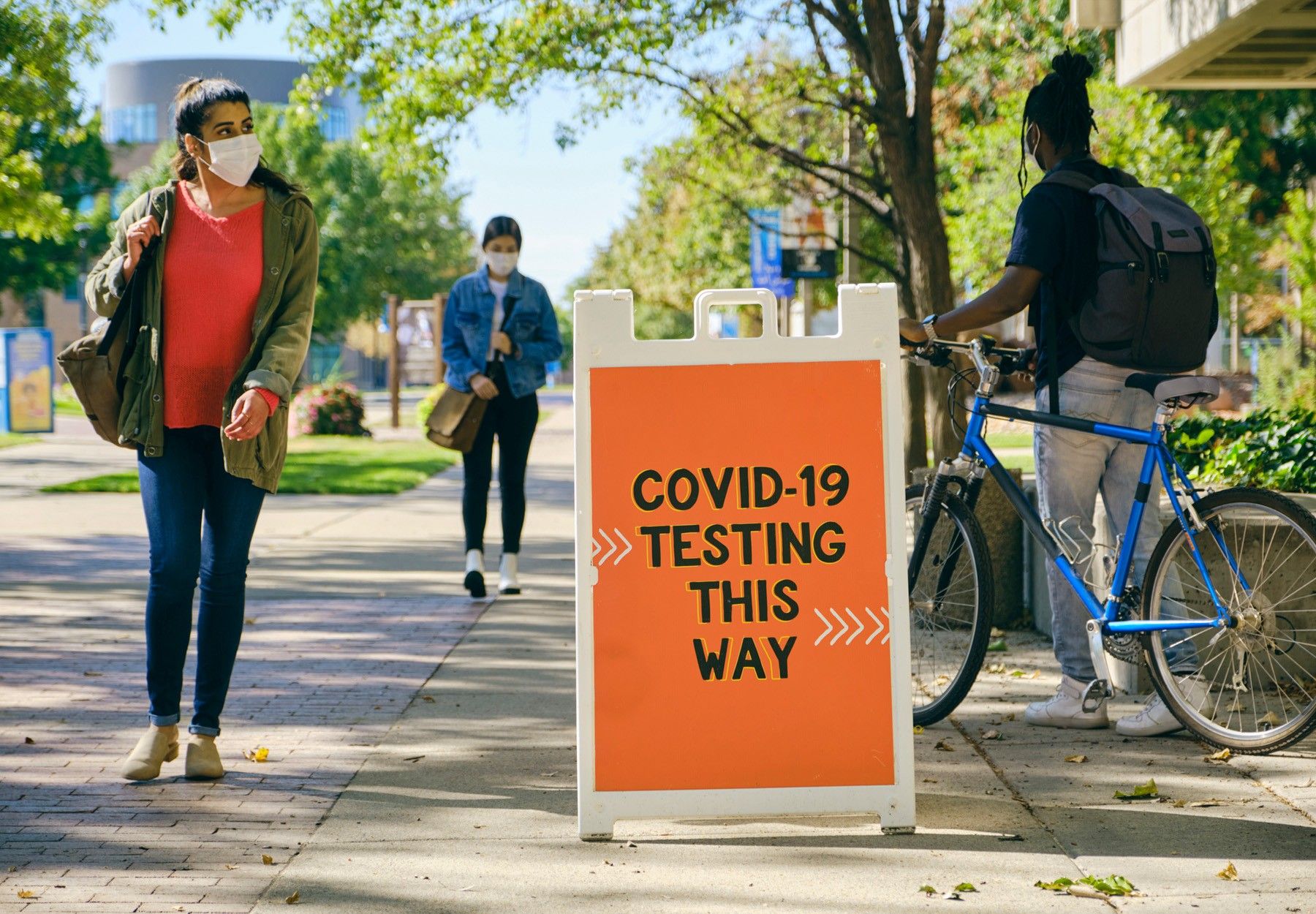Plunging Test Rates Threaten Efforts to Detect New SARS-CoV-2 Variants
Despite the emergence and rise of new Omicron variants, COVID-19 testing has declined as much as 90 percent, according to some reports.

Subscribe to Clinical Diagnostics Insider to view
Start a Free Trial for immediate access to this article